
Get upto 50% off in New Year Offer

Get upto 50% off in New Year Offer

Ever wondered why some pages seem to rank so well for specific queries even though they don’t directly answer the user’s question? The reason is often because those pages utilize a type of content called “zero-click content.” If crafted effectively, zero-click content can help drive traffic and rankings without users ever having to click through to another page on your site. In this post, I’m going to explain what zero-click content is, why it’s so valuable for SEO, and provide some tips for creating effective zero-click content.
Zero click content, sometimes also referred to as answer blobs, are pages designed to directly answer a user’s query or provide contextually relevant information to their search without requiring the user to click through to another page on your site to find the answers they need.
These types of pages aim to fully satisfy the user’s intent within the search results page itself.
For example, if someone searches “dog training tips”, instead of just listing blog post titles or sending users to an interior blog page about dog training, a zero-click content page would include sections directly answering common questions like:
By directly providing the types of tips and answers users are looking for on the search results page itself, zero-click content aims to fully satisfy their information needs without the need to click through elsewhere. This results in a higher chance the user will interact positively with your listing in the search results versus your competitors.
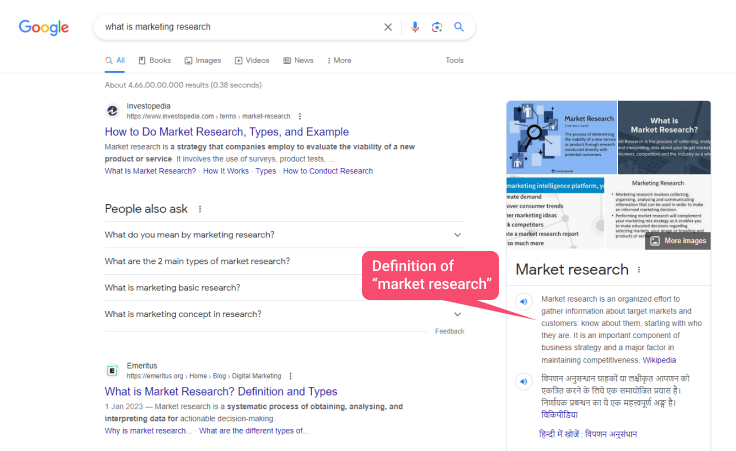
Also Read | 30 Best ChatGPT Alternatives in 2024 (Free & Paid)
There are several compelling reasons why focusing on creating zero-click content can provide benefits for your SEO efforts. At its core, zero-click content reflects a tried-and-true principle: create content that gives value to your users. After all, posting valuable content is more likely to gain you a follower, earn engagement, improve brand sentiment, and build a community.

Search engines use measures like the number of clicks (CTR) and average time spent on a page to show how well it answers what people want in searches. Zero-click content wants to meet what users need straight away in the search results. This leads to more people clicking and spending time on the site. This good behavior from users can increase your rankings.
Zero-click content helps you answer basic questions on a topic. This type of content lets you find and give the exact information people want when they already know what it is. These kinds of questions have less competition and can help raise your rankings past broader head terms.

Zero-click content Pages are perfect for being part of things like voice helper sounds and special snippets in mobile searches. This more extensive showing helps people see your site and makes users trust it as a top expert.
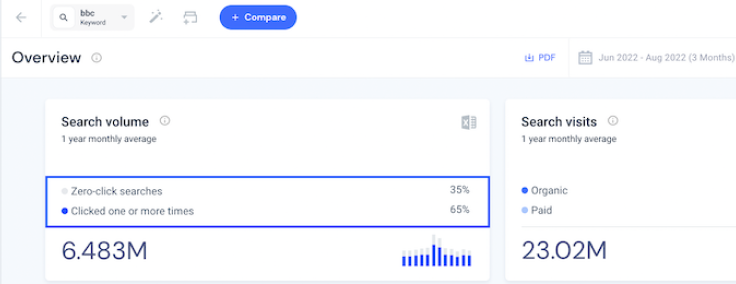
Instead of making different pages for each question or small topic, zero-click content focuses important info onto one page. This lets you sort and bring visitors to many longer questions without needing a different page for each one.
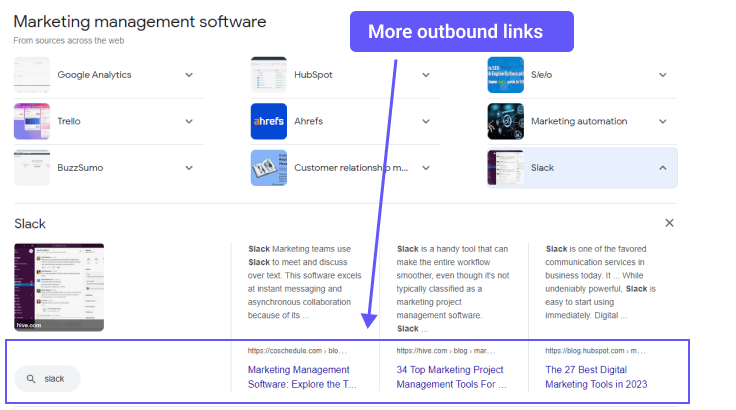
Now that we understand the benefits of zero-click content, here are some tips for creating effective zero-click content that search engines will love and users will appreciate:
Instead of putting many different things on one page, zero-click pages should concentrate only on a small topic. This means “tips for training dogs” instead of simply writing about “dogs”.
Look at how people search and the type of person you want to reach. Work out what questions they ask most often about your topic that can be easily answered. Organize information based on these questions and answers.
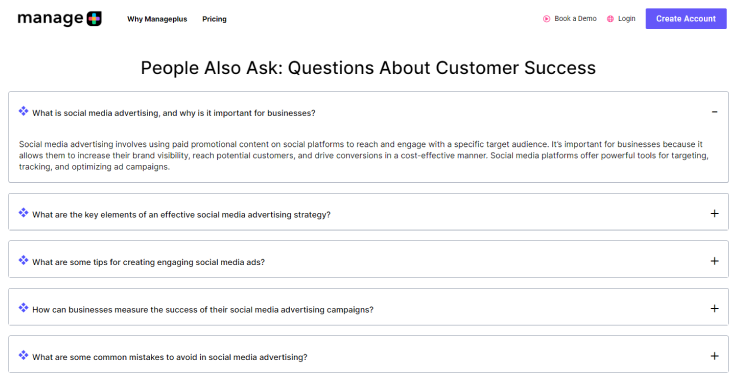
People want quick responses in search results. Make sure paragraphs are short and divide content into smaller parts that answer one question at a time. Bold headings for additional scannability.
Pictures help teaching resources such as zero-click pages. Put pictures, drawings and similar things where they’re useful. This can help understanding without needing another click or tap from a device like a phone or tablet computer.

Remove the usual “related pages” links if you can, and instead link sections on one page to each other. This keeps users interested without leaving their current place.
Adding information like Q&A or Frequently Asked Questions (FAQ) can help search engines better understand your no-click content and increase the chances of it showing up in voice and featured snippet searches.
Check numbers like how long people stay on the page and if they return quickly. This helps see if the content is good enough or if more changes are needed. Be ready to change parts or add/remove information when needed in the future.
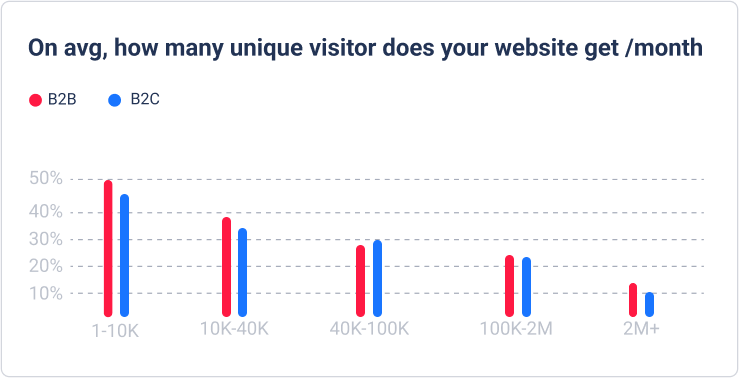
Having shares and links helps make your zero-click sites more critical. Promote good content on social media to get more natural search traffic.
By using these suggestions, your zero-click content can make sure it fully answers the main questions. This helps give a good experience without any problems for both people who use search engines and computers doing searches as well. With diligent optimization and ongoing refinement, zero-click content offers a valuable approach for creating content for SEO.
Also Read | What Is Link Building?: Everything you need to know
By focusing on common questions and topics through zero-click content, you provide search engines and users with what they want – quick answers that are directly related without needing any extra clicks. When done right, this kind of brief and targeted content arrangement has been proven to significantly increase the amount of time people spend on a site, the number of clicks they make, and rankings in search engines for long words or phrases over some period. For any website looking to expand its search presence or become a go-to expert hub, creating effective zero-click content is a strategic content priority to explore.

Streamline your marketing efforts with AI-powered working design — Organize, collaborate, and optimize your marketing campaigns all in one place!

Join now to shape the future of MangePlus
Don’t miss out
Content Writing | SEO | SEM